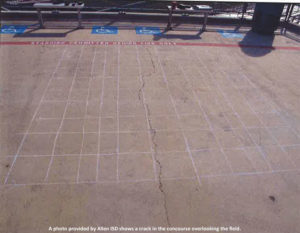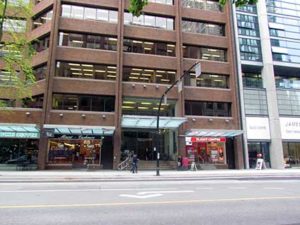Understanding Concrete Cracking: Types, Causes, and Solutions Concrete, despite its remarkable compressive strength, suffers from low tensile strength, which often leads to cracking. These cracks can arise from multiple factors, such as shrinkage, temperature changes, soil settlement beneath the structure, and external forces. Common types include shrinkage and temperature-induced cracks, which usually appear vertically or diagonally and are generally harmless unless they allow water ingress. Horizontal cracks might suggest excessive loads, whereas larger vertical cracks at the top or bottom could indicate issues like soil heave or settlement, pointing to deeper problems linked to drainage or overloading. To mitigate cracking, proper concrete mix design, reduced water content, and adequate cement levels are crucial. Control joints strategically placed during construction can also help manage cracking effectively. Alarm bells should ring when cracks surpass ¼ inch in width, show lateral movement, leak water, or extend extensively across the surface. Case Study: Concrete Cracking at Allen High School Stadium In Allen, Texas, a newly built $60 million football stadium at a local high school has encountered an unexpected challenge just 18 months post-opening. Cracks varying between ¼ inch and ¾ inch wide have emerged in the concourse areas, raising concerns about the structure’s stability. Temporary measures have been implemented to prevent water infiltration, but the closure is expected to persist beyond June, impacting the entire 2014 football season. Investigations are ongoing to determine the precise cause of the cracking. While PBK Architects, the stadium’s designers, believe the issue isn’t design-related, Pogue Construction, the contractor, is working closely with the school district to identify the root cause and implement a solution. It remains unclear what preventive measures were initially in place, but adding structural support is likely a key component in addressing the problem effectively. HJ3's Carbon Fiber Reinforcement System: A Sustainable Solution Concrete cracking isn't unique to this stadium; it affects various structures, including walls, floors, and columns. HJ3's Civil and Commercial reinforcement system presents an innovative and eco-friendly solution that outperforms traditional repair methods or complete replacements. In a similar case, a commercial building owner achieved over 50% cost savings by opting for HJ3's CarbonSeal reinforcement system. The building's shear walls and concrete columns showed signs of cracking, necessitating reinforcement rather than replacement. Success Story: Reinforcing Commercial Structures with Carbon Fiber This commercial building required seismic reinforcement for its reinforced concrete columns and shear walls. Columns, measuring 12 feet and 9.1 feet tall, needed additional reinforcement to handle shear forces in the North-South direction. The process involved preparing the concrete substrates via abrasive blasting, drilling holes into the columns, and applying primer. Carbon fiber dowels were inserted through each hole, smoothed on both sides, and covered with a carbon fiber-saturated layer. Shear walls were reinforced horizontally with fiberglass and vertically with carbon fiber to boost strength. Installation was completed efficiently while the building remained operational, with HJ3 covering 12,000 square feet of concrete. This approach saved 23,500 tons of concrete, conserved 422,000 gallons of water, cut CO2 emissions by 47,000 tons, and reduced energy consumption by 6,500,000 kWh compared to a full replacement of reinforced concrete columns and walls. Concrete Cracking Solutions with HJ3's CarbonSeal By leveraging HJ3's Civil and Commercial carbon fiber reinforcement system, Allen High School’s stadium can tackle its current cracking issues while safeguarding against future damage. CarbonSeal offers a cost-effective and sustainable solution that provides superior reinforcement compared to steel. Installation minimizes downtime, ensuring a seamless process. On average, clients choosing the CarbonSeal carbon fiber system save more than 50% compared to alternative repair methods. If you're concerned about concrete structures and interested in HJ3's carbon fiber reinforcement systems, reach out to our project managers at [insert contact details]. †††vacuum seal bags for food,transparent vacuum bag,Vacuum Packing Pouch Cangzhou Yunfeng Packaging Products Co., Ltd. , https://www.yunfengpackaging.com
Photo Credit: NBC Washington

